site search
online catalog
PRESENTATION SMITH & WESSON MODEL 1 PRESENTED TO MATTHEW WATERS OF THE 18th MAINE INFANTRY & BATTERY D OF THE 1st MAINE HEAVY ARTILLERY
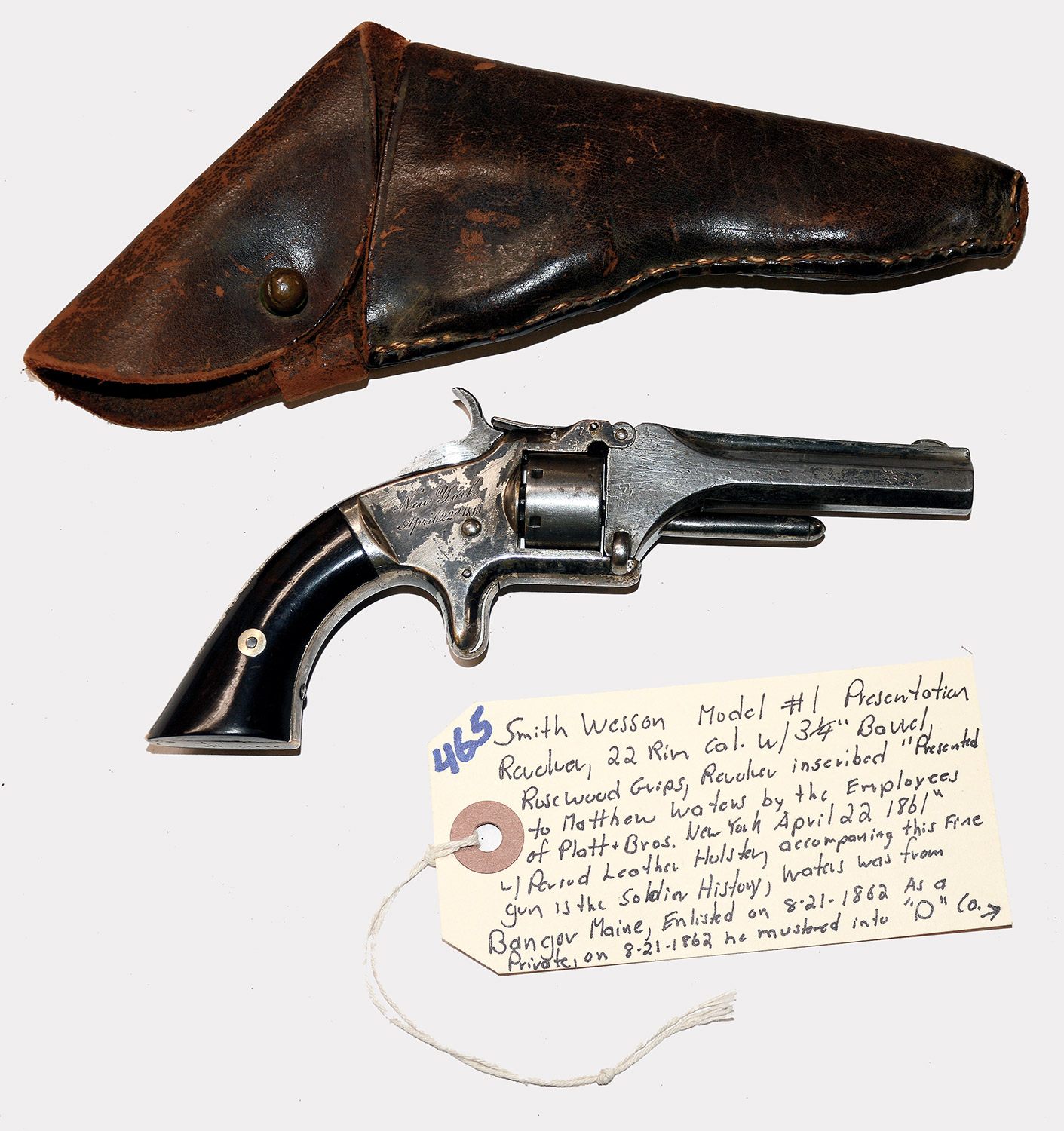
Hover to zoom

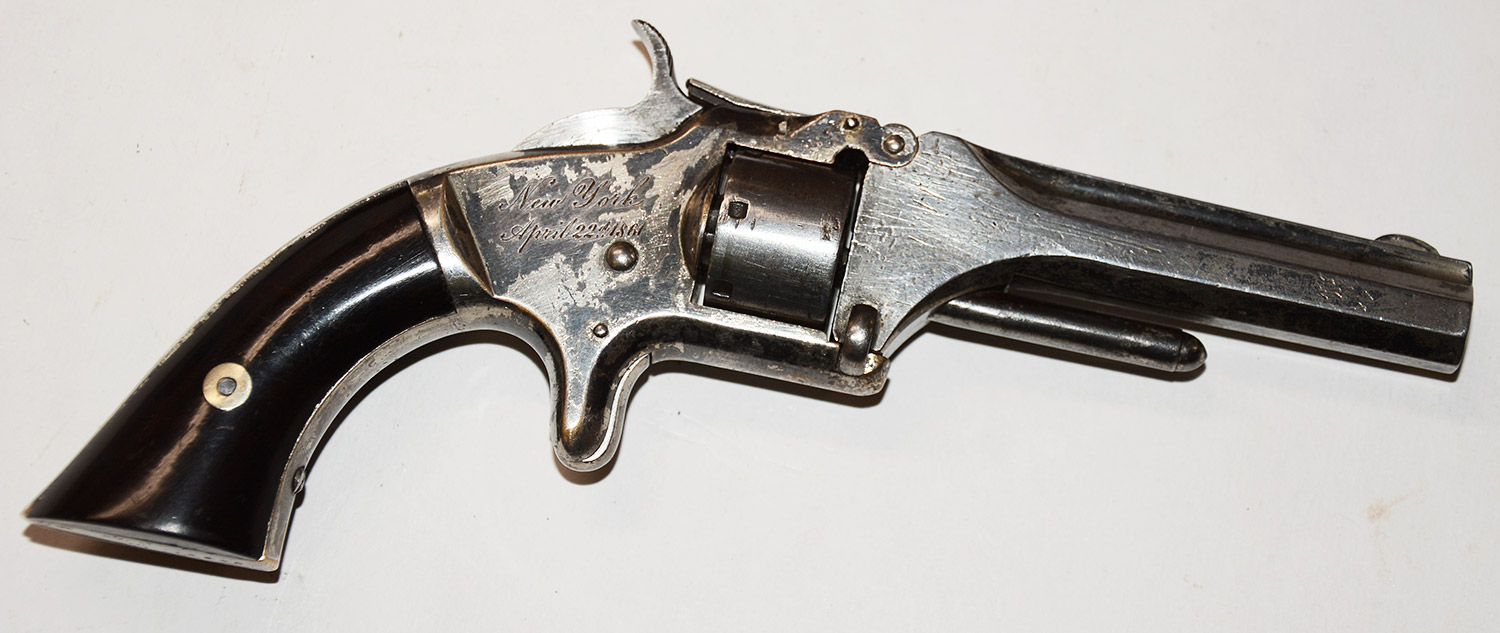
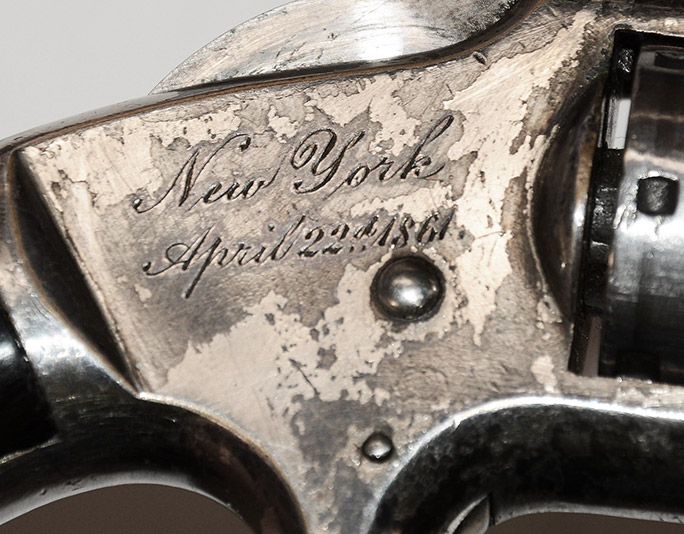
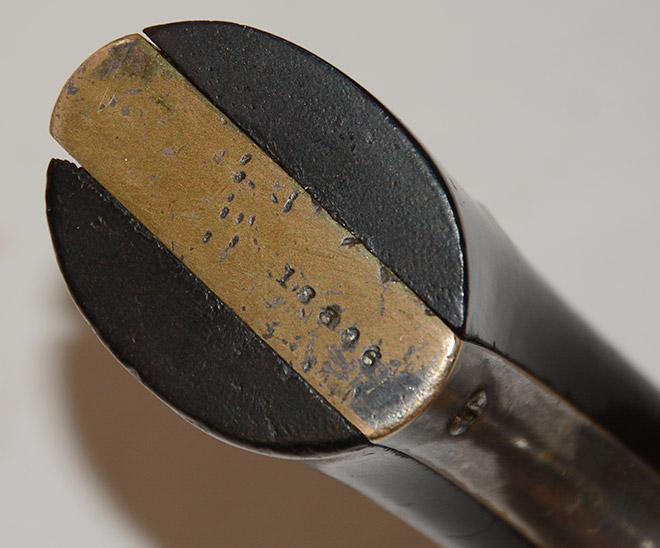


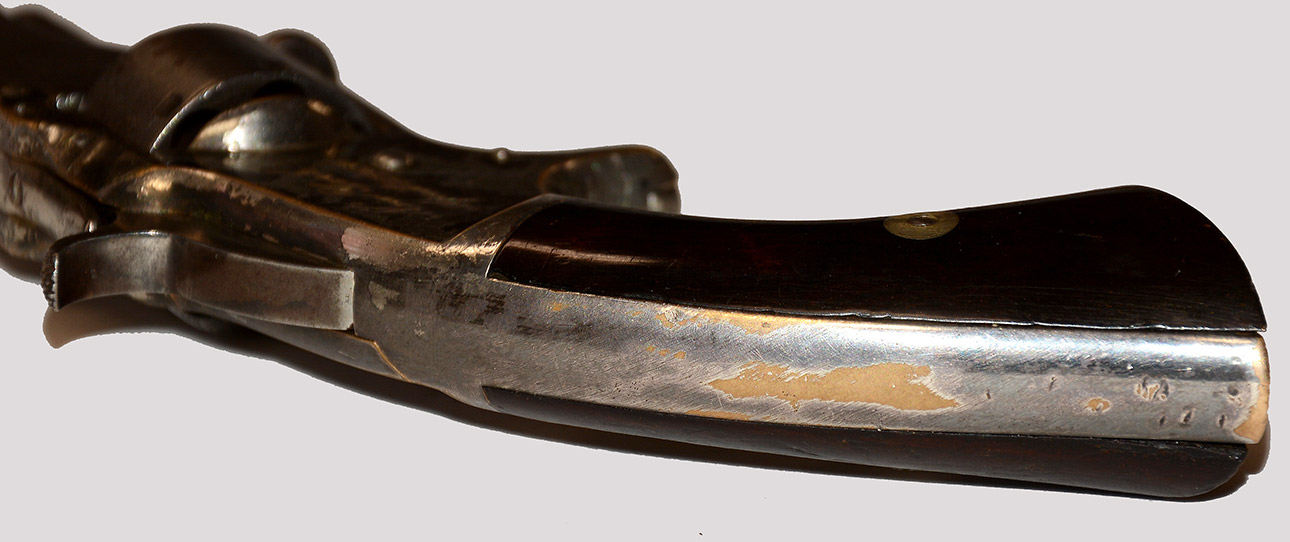
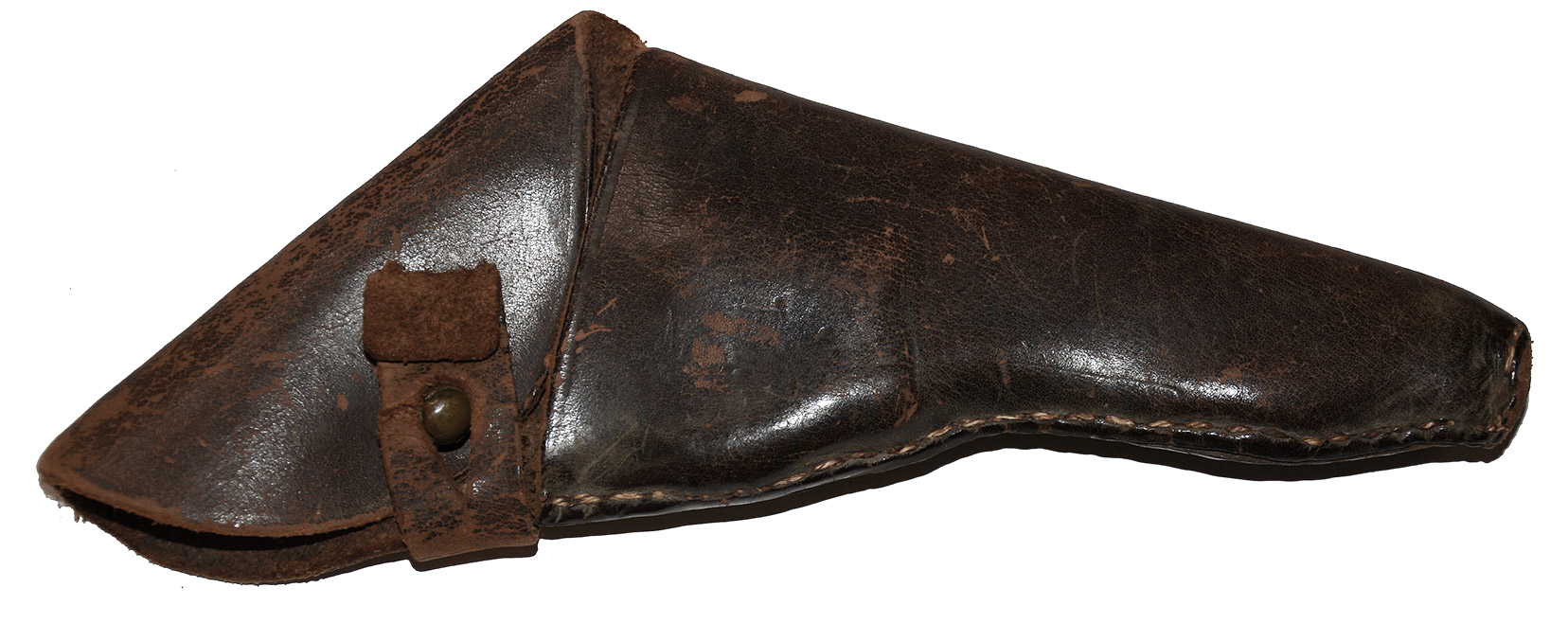
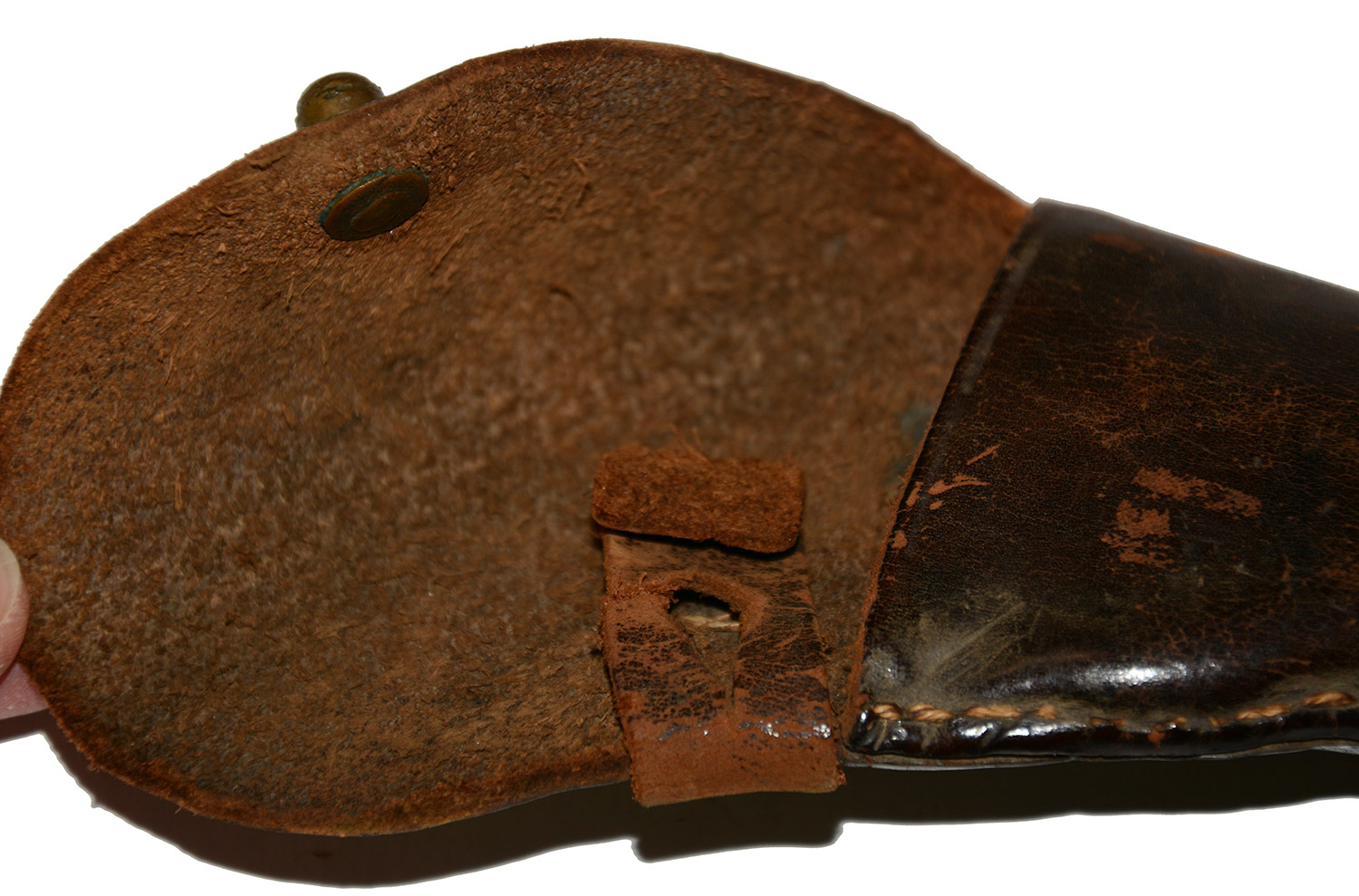
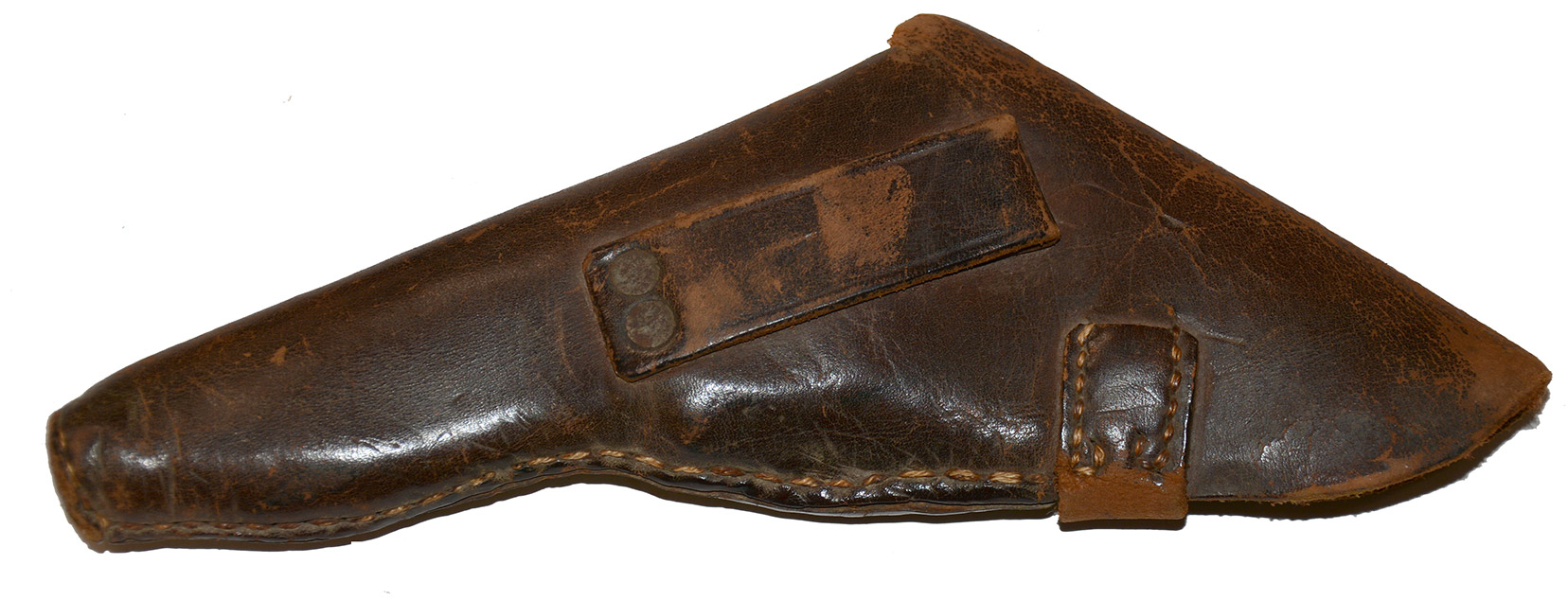
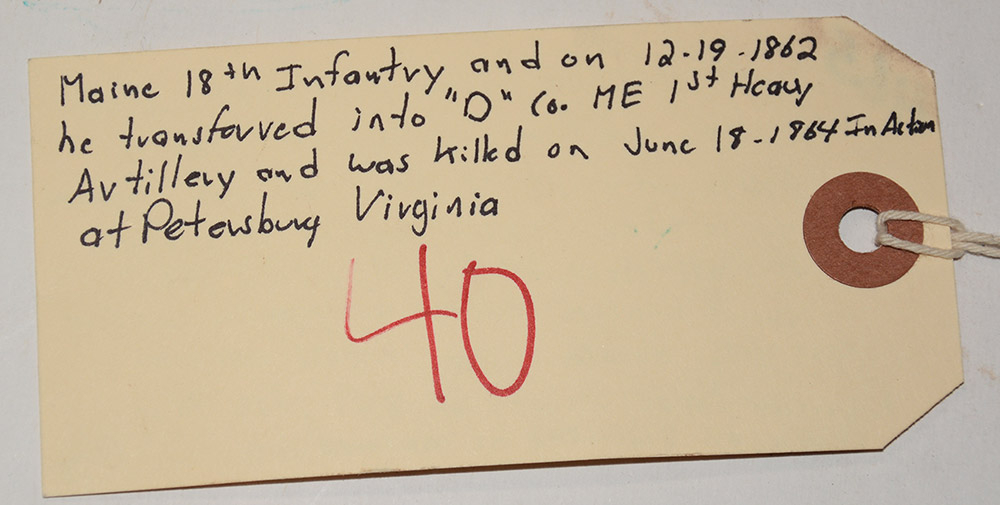
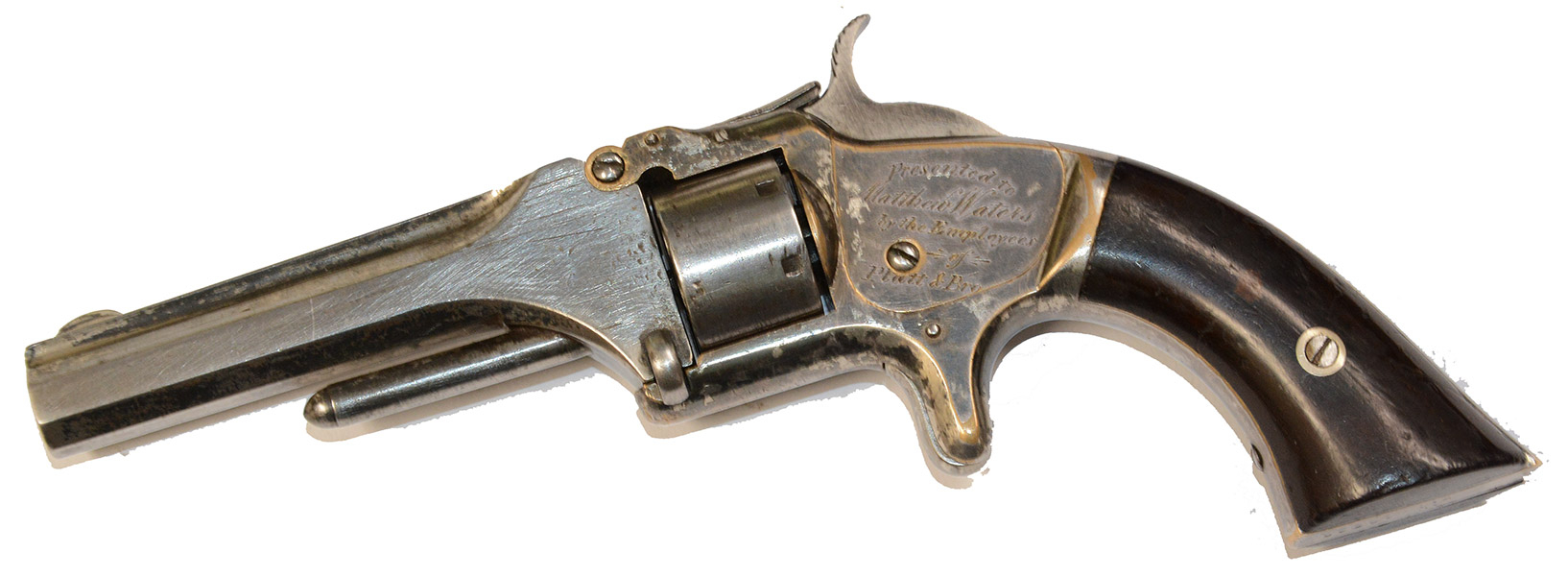
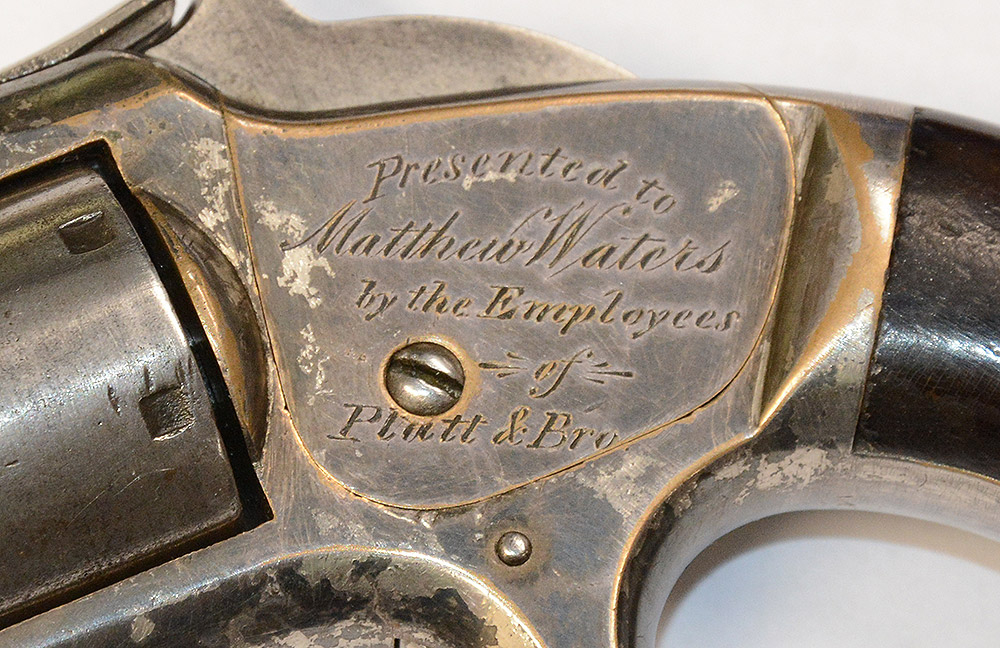
$4,500.00 SOLD
Quantity Available: None
Item Code: 490-2969
Here we have a killer Smith & Wesson Model 1 Second Issue. Although this seven-shot revolver has seen much use, it’s seen the trials and tribulations of a soldier in the defenses of Washington, at Belle Plaine Landing, and finally at Petersburg.
Overall, this standard “tip-up” .22 caliber revolver is in fair condition with the original bluing mostly worn off the barrel, cylinder, and hammer; some remains on the extraction rod. The silver plating of the frame and the backstrap is very worn as well with the majority of it flaking off the brass frame. There are scratches, pinpricks, and some minor pitting present on the barrel. The top of the barrel reads: “Smith & Wesson Springfield, Mass.” The cylinder does not bear the standard patent dates. The cylinder spins freely and the hammer bridge has lifted a bit leaving the cylinder’s locking pin in a weak state even at full cock. The pin does not come down as it should to secure the cylinder in place when firing. The face of the cylinder is marked “B 4.” The face of the barrel bears the same imprint of “B 4.” The one-piece hammer is tight and holds at full cock. The barrel latch is intact and holds the barrel tightly in place for firing. The trigger is tight and functions as it should. The rosewood grips are in good condition with minor scuffing of one side of the grip. The straps of the frame are solid but the majority of the silver plating has worn off due to frequent use. The serial number on the butt strap is 18806, designating this .22 caliber revolver as a Second Issue produced during the early part of Civil War. The bore is dirty and would benefit from some cleaning; the rifling is light and definitely shows some wear. The weak locking pin in the cylinder is the only mechanical error found with this piece and should not be fired.
On the curved side-plate of this Second issue, there is an inscription. It reads: “Presented to / Matthew Waters / by the Employees / of / Platt & Bro.” The inscription continues on the reverse: “New York / April 22nd 1861.” The engraving has been professionally done likely by the employees of Platt & Bro., who produced and sold jewelry. This small jewelry company was run by brothers Nathan Conklin Platt and George Wood Platt. Ironically, Platt & Bro. dissolved on May 23rd 1861 shortly after the gun was inscribed.
Born an Englishman in 1831, Matthew Waters emigrated to the United States with his family sometime before 1850. He and his brother, Samuel, followed in their father’s footsteps and earned their livings as silver and gold refiners and then as jewelers, likely learning the trade from their father. The 1850 Census finds Matthew living in New York City, which makes sense if he came into the States through the Port of New York. This is also further verified by the engraving on the pistol. By 1860, however, we find him living in Bangor, Maine.
Private Matthew Waters enlisted in August of 1862 in the 18th Maine Infantry, a unit which was converted to the 1st Maine Heavy Artillery by mid-December of 1862. While serving as an infantry unit, the 18th Maine was stationed in the defenses of Washington and served there even after the regiment’s transition to heavy artillery, which lasted until May 15th 1864 when they were transferred to the Army of the Potomac. Their first blood came on May 19th 1864 at Belle Plain Landing near the Fredericksburg Pike when they aided in the repulse of the Rebel Army on Union supply trains. From then on, it was hard fighting for the 1st Maine Heavies as they endured fighting at Totopotomy, Cold Harbor, Petersburg, Deep Bottom, Boydton Plank Road, Weldon Railroad, Hatcher’s Run and all the subsequent small movements and skirmishes that took place through Lee’s surrender at Appomattox.
Petersburg was arguably one of the unit’s most grueling fights. In the fifteen days the regiment fought in the trenches at Petersburg, they suffered their heaviest losses with 580 casualties. Private Waters was one of those casualties. He was killed on June 18th 1864 “by reason of a wound through the body” according to his wife’s widow’s pension file. A letter from Waters’ company commander, Captain Frederick Shaw of Co. D, says: “He was killed June 18th in a charge on Rebel Rifle pits… he was probably killed instantly for one of my boys who knew him well reported to me that he passed him in the field in the retreat and recognized him, he being quite dead…”
Private Waters’ wife, Martha, whom he married in 1854 in Newark, New Jersey, received a pension for $8 a month. The two had no children.
This small Smith & Wesson comes with a leather holster. The holster itself is in good condition with minor crazing of the leather and wear to the edges of the closure flap. The stitching is tight all around. The belt loop is attached with rivets on one end which are tight and intact. The closure tab has seen some use as it is frayed and worn. There is weakening around the tab’s button-hole. Usage of this to secure the closure flap over the finial will likely tear the strap. Despite the fragile state of the closure tab, the holster is in very good condition.
These two pieces came to the Horse Soldier together and have not been married.
Some supporting records come with this piece, but we were unable to obtain Waters’ detailed soldier history from the National Archives at this time. [ad] [ph:L]
~~~~~~~~~~~~~~~~~~~~~~~~~~~~~~~~~~~
THIS ITEM, AS WITH ALL OTHER ITEMS AVAILABLE ON OUR WEB SITE,
MAY BE PURCHASED THROUGH OUR LAYAWAY PROGRAM.
CLICK HERE FOR OUR POLICIES AND TERMS.
THANK YOU!
Inquire About PRESENTATION SMITH & WESSON MODEL 1 PRESENTED TO MATTHEW WATERS OF THE 18th MAINE INFANTRY & BATTERY D OF THE 1st MAINE HEAVY ARTILLERY
Most Popular
Historical Firearms Stolen From The National Civil War Museum In Harrisburg, Pa »
Theft From Gravesite Of Gen. John Reynolds »
Selection Of Unframed Prints By Don Troiani »
Fine Condition Brass Infantry Bugle Insignia »
Large English Bowie Knife With Sheath 1870’S – 1880’S »
Imported (Clauberg) Us Model 1860 Light Cavalry Officer's Saber »
featured item
JULY 1864 ALS – CS GENERAL ISAAC R. TRIMBLE (WOUNDED AT GETTYSBURG) TO CAPT. MCHENRY HOWARD – BOTH OF WHOM WERE BEING HELD AS PRISONERS OF WAR
This one page letter is a fine war dated missive, in ink on 7 ¾” x 9 ¼” lined paper. Dated “Johnson’s Island, July 14th 1864”; Johnson’s Island was a large prison where Confederate officers were held, near Sandusky, OH. The letter… (2025-3323). Learn More »
site search
Upcoming Events
The shop is currently closed so that we may conduct our annual inventory. We are available by phone… Learn More »


